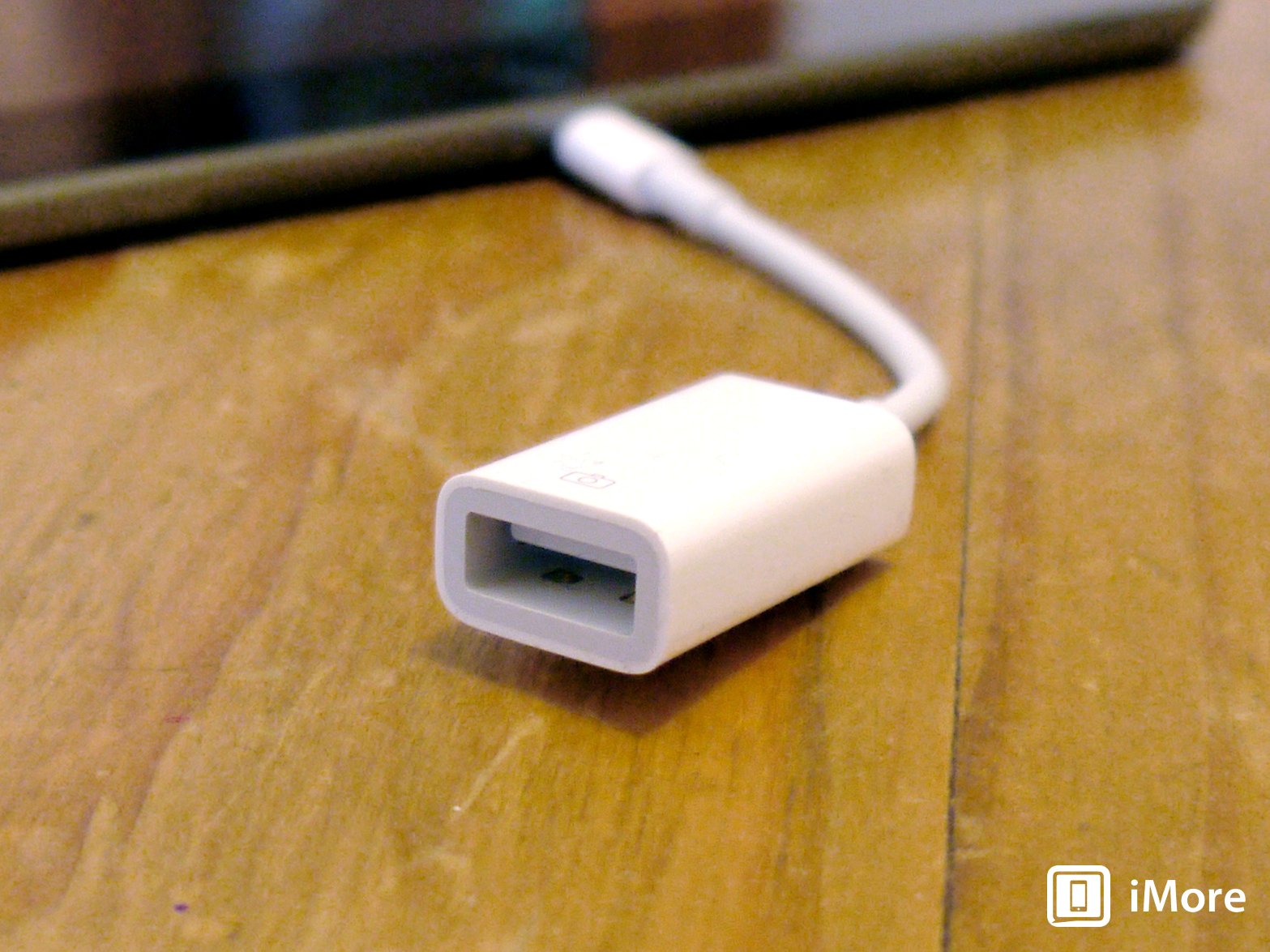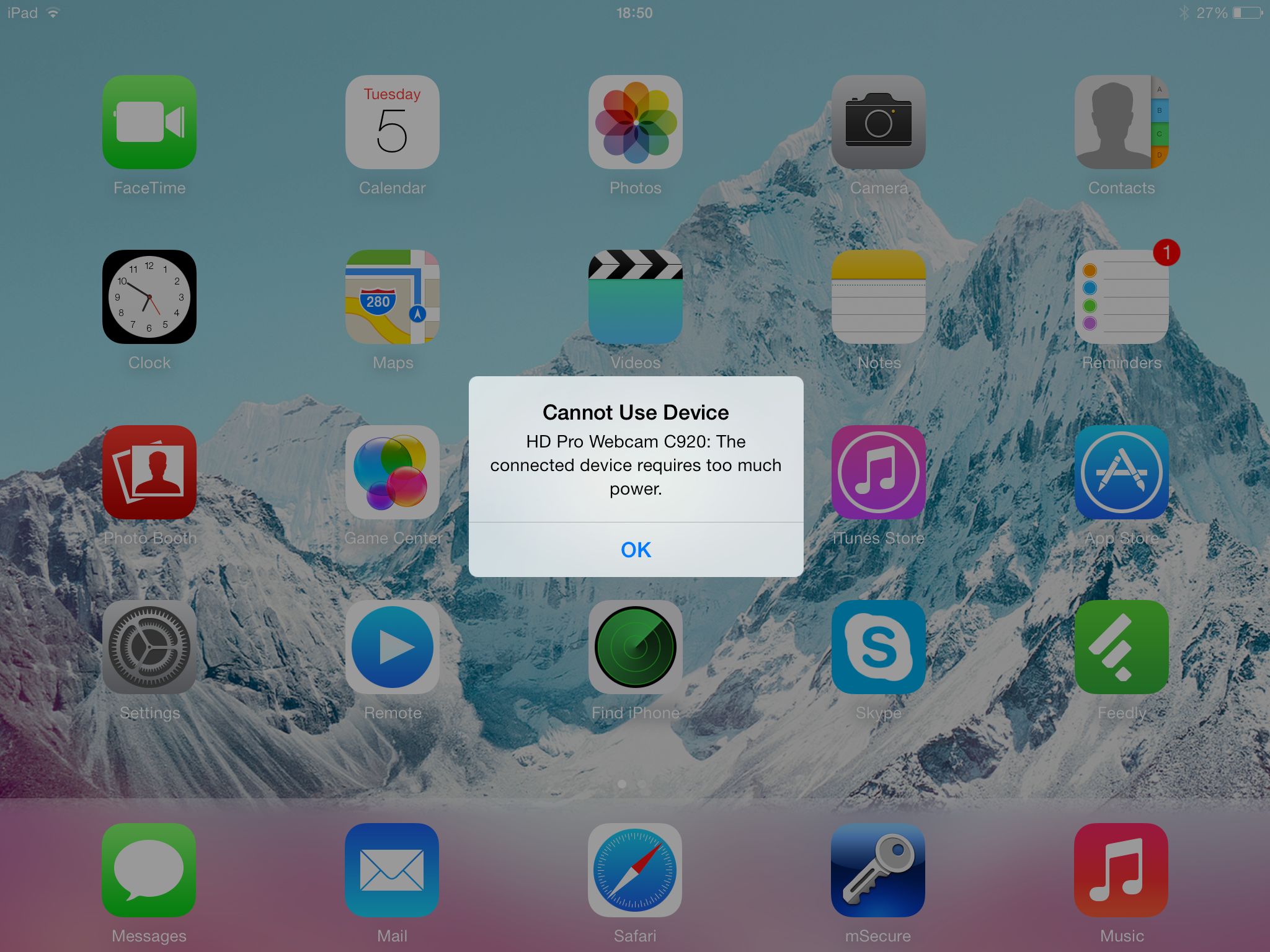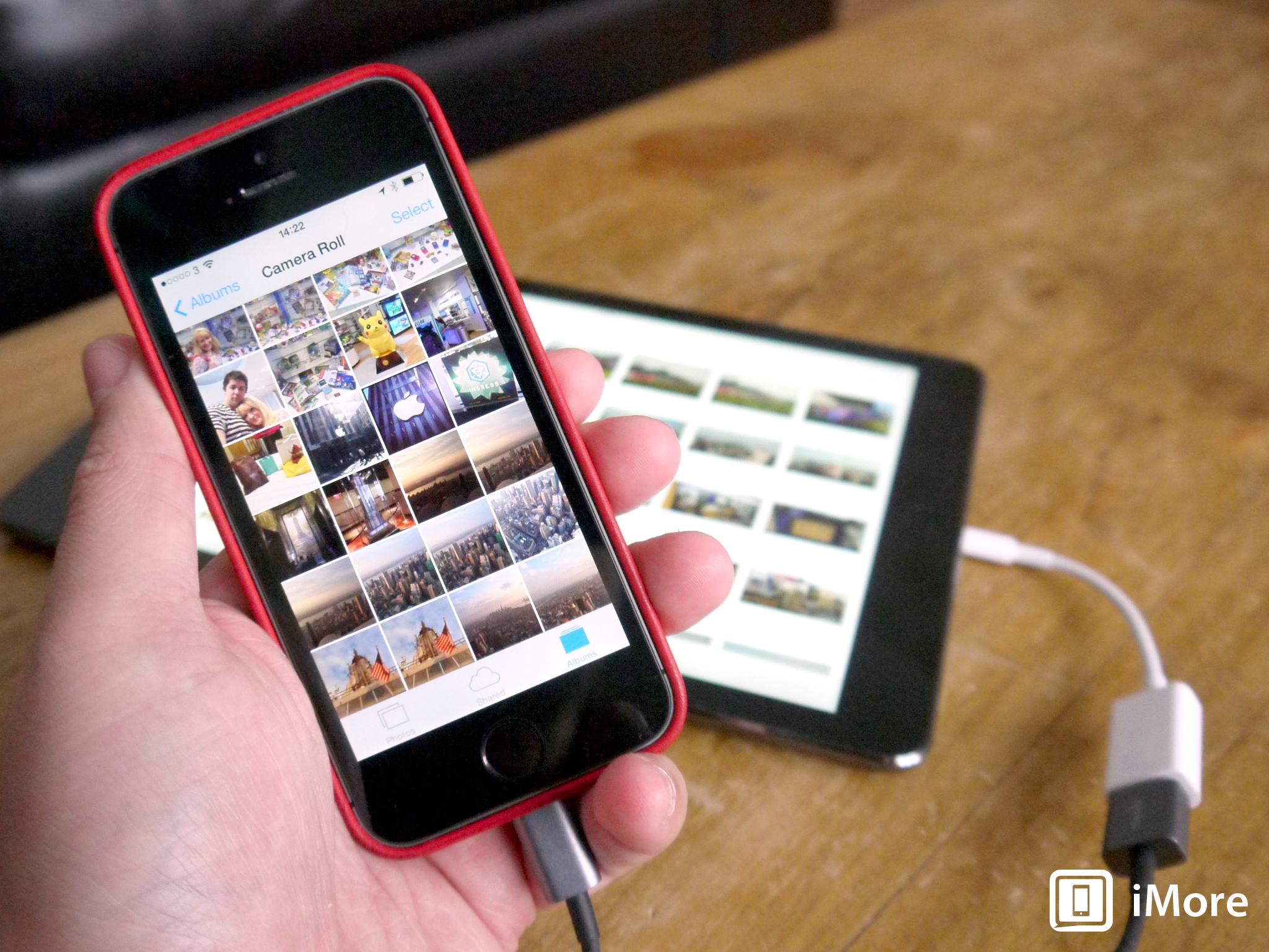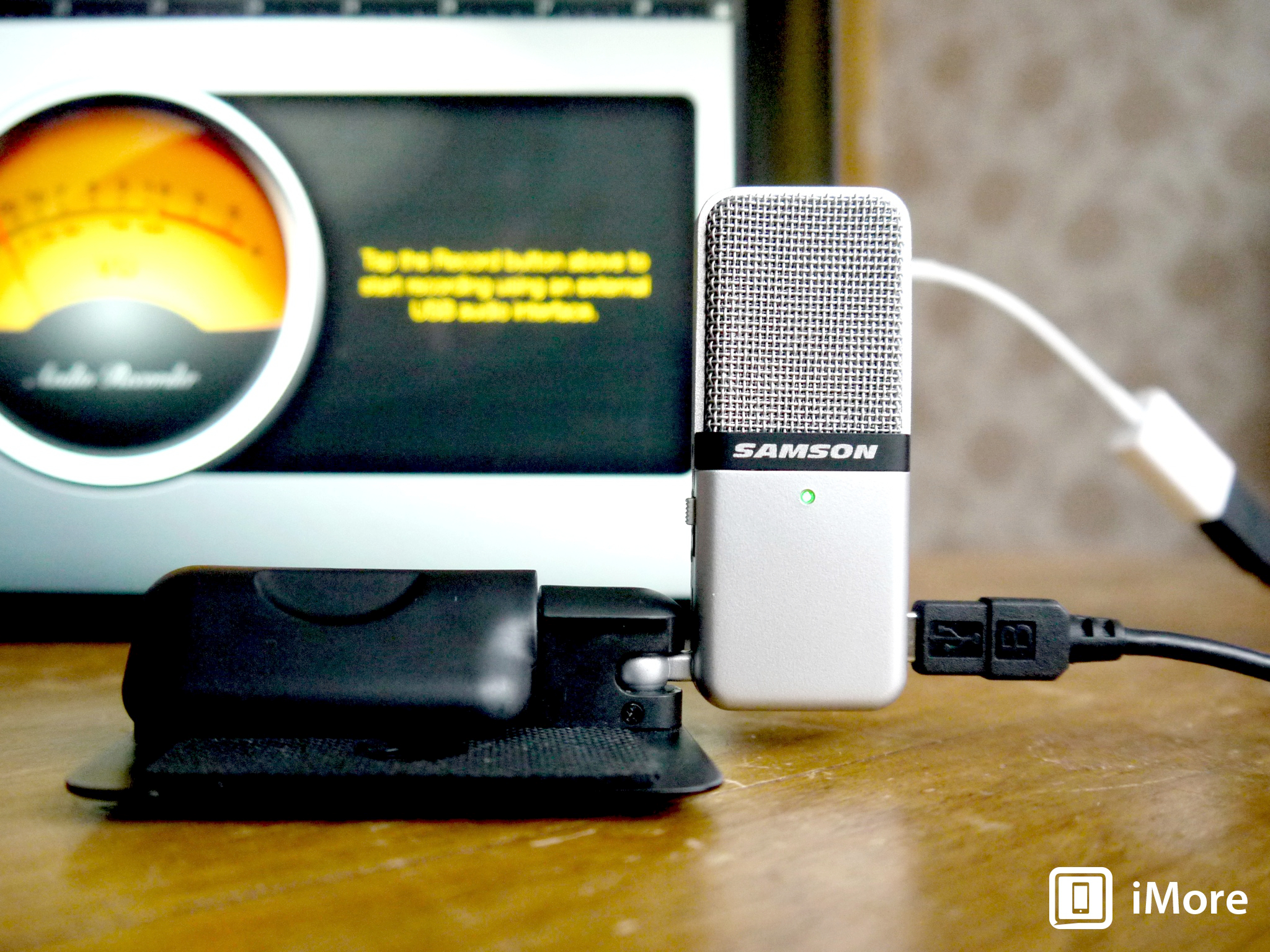Going beyond cameras with the Apple Lightning to USB adapter

If you're new to the iPad – or perhaps even if you're not – then you may not be familiar with one of Apple's own accessories; the Lightning to USB Camera Adapter. In simplest terms, this little $29 attachment is designed to provide a connection to your digital camera allowing you to import your photos and videos onto your iPad. But since it's essentially a USB port attached to the bottom of your iPad, is it limited to just cameras? The short answer is no, and since I've just picked one up, I've spent a little time plugging various items in to the adapter, with varying results.
It's all about the power

Power is key. If whatever you're plugging in requires too much of it, you'll see a message like this one – and no, I honestly wasn't expecting a webcam to work! If you take a look at the customer reviews in the Apple Store, you'll be greeted with more than a few remarks exclaiming "this didn't work!" It's because you're plugging it into an iPad, not your computer, but if you see the message when your camera is plugged in, there is a fix.
Hunt around the settings and look for something referring to "USB Power Supply." Make sure it's off, and you should be good to go. Other devices, including even some USB flash drives I've tested prompt the same message, but in this case you're pretty much out of luck. Likewise, I've an Apple USB keyboard lying around, and lo and behold, that wanted too much power too. Shame.
Plug your iPhone into your iPad

This one came as a tip on a previous article – thanks Aaron! – and it works just great. It actually mentions doing this somewhere in the paperwork that comes in the box with the connector. So if you don't read the paperwork – guilty as charged – then you maybe wouldn't know about it.
Plug the connector into your iPad, your Lightning cable into your iPhone, and your iPad will display the same import screen as if you were plugging in your camera. This is a great, quick way of importing your photos and videos shot with your iPhone into your iPad. Editing is much better on the big screen, so this is a handy accessory to have in your bag.
It only works one way, though. You can't move anything from your iPad back to your iPhone using the same technique. For some reason, the iPhone just doesn't want to import photos from cameras. Shame.
USB microphones will work, well, some of them

I was a little surprised by this one, I have to say. Again, power is the issue here, not the fact that it's a microphone. For example, the little travel microphone I have that's pictured here – a Samson GoMic – works just fine, while the honking great Rode Podcaster we use to record our podcasts most definitely doesn't. But if you've got a smaller microphone, it could work, and it'll also work with your iPhone.
Master your iPhone in minutes
iMore offers spot-on advice and guidance from our team of experts, with decades of Apple device experience to lean on. Learn more with iMore!
This is a pretty useful tool, particularly for anyone who travels about and needs to make high quality voice recordings on the fly. Better still, it works just fine with the stock iOS 7 voice memos app on the iPhone, and with Garageband on both iPhone and iPad. Both of which are free apps. Companies such as Blue already make microphones that specifically plug directly into your iPhone or iPad, but you could save a bit of cash by buying this $29 adapter instead.
USB flash drives
As mentioned above, USB flash drives do work to an extent. But, they seem to be recognized only as a camera would be, for importing photos. Pre-loaded .mp4 video files weren't recognized in my tests, so there's no scope to import videos to your iPad in this way it seems.
Your tips
So, those are a few things I've had lying around to test out with the Apple Lightning to USB Camera Adapter. If you've had experience with one though and have had success with using it to plug things in to your iPhone or iPad, drop a line in the comments and share your experience with us!
- $29.00 - Buy Now

